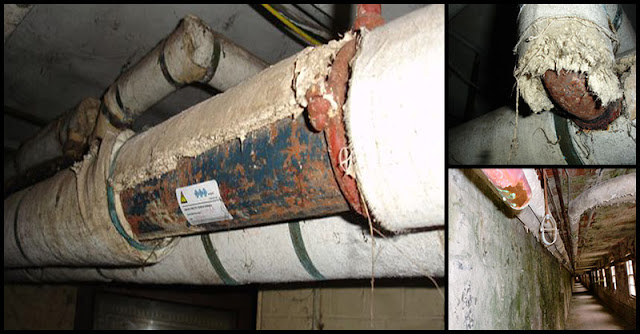Antibiotic resistance, particularly in hospitals or other healthcare facilities, is a growing cause of concern. Researchers from the National Institutes of Health (NIH) collected samples from various areas of the hospital to investigate and better understand how these organisms spread in this kind of environment. This will allow them to identify where these organisms are found and how they spread in a hospital setting.
The results of the study were published in the American Society for Microbiology’s open access journal mBio. It indicates that plasmids that provide resistance to carbapenem – a last-line-of-defense antibiotic used against multi-drug-resistant organisms – were found in the hospital’s plumbing.
Carbapenems are part of the beta-lactam types of antibiotics. They present one of the broadest ranges of antibacterial activity which thereby make them a reliable last-resort treatment for antibiotic-resistant strains. Carbapenems, together with cephalosporin, penicillin, and monobactam, bind and inactivate penicillin-binding proteins, which are found in the cell wall.
Researchers posited in the study that the amount of antibiotic-resistant organisms found in the wastewater can be attributed to the heavy use of antibiotics in hospitals. Due to this, the microorganisms in the environment fight to survive, according to NIH microbiologist Karen Frank who stated that:
“The bacteria fight with each other and plasmids can carry genes that help them survive.”
An extensive sampling of high-touch surfaces, sinks, and other areas were regularly conducted by NIH’s Hospital Epidemiology Service. Yet, for this study, the range was expanded to cover wastewater from hospital internal pipes, housekeeping closets, and external manholes over a two-year period. Aside from this, researchers also collected five years’ worth of patient clinical and surveillance isolates and were compared with the samples collected. A total of 108 isolates underwent whole-genome sequencing and analysis to enable an in-depth genetic comparison.
According to the results of the tests, carbapenemase-producing organisms (CPOs) were found in the wastewater from pipes that drain out of the intensive care unit and external manholes. CPOs, which are made up of different plasmids and species, could possibly have differing effects on the people and environment. Likewise, the team also detected plasmid backbones common to both populations. The researchers believed that this indicates a large supply of factors that are conducive to the spread of antibiotic-resistant genes.
The researchers wrote like this:
“The finding leads one to consider what might be found if more hospitals were investigated to this extent. It is likely that most hospitals have some carbapenemase-producing organism colonization in wastewater and drains that remain undetected.”
Results form the epidemiology and sequence analysis revealed that infection control and compliance measures were successful. Yet, the team found a case of Leclercia sp. that was transmitted from the hospital in the surveillance.
Franks still thinks that it should not alarm the general public. She said:
“I would say it is not a huge concern in the United States. Healthy people tend to be resistant against this.”
However, Frank adds that high-risk patients, like those with compromised immune systems or in intensive care, may still be prone to infections.
The team comes up with the results that help improve the understanding of how CPOs are transmitted in a hospital environment and could be useful in future infection control strategies. As for hospitals, the NIH recommends changing their cleaning practices.
Frank further added:
“They can pay attention to the particular cleaning agents that are used. We upgraded our cleaning agents.”









